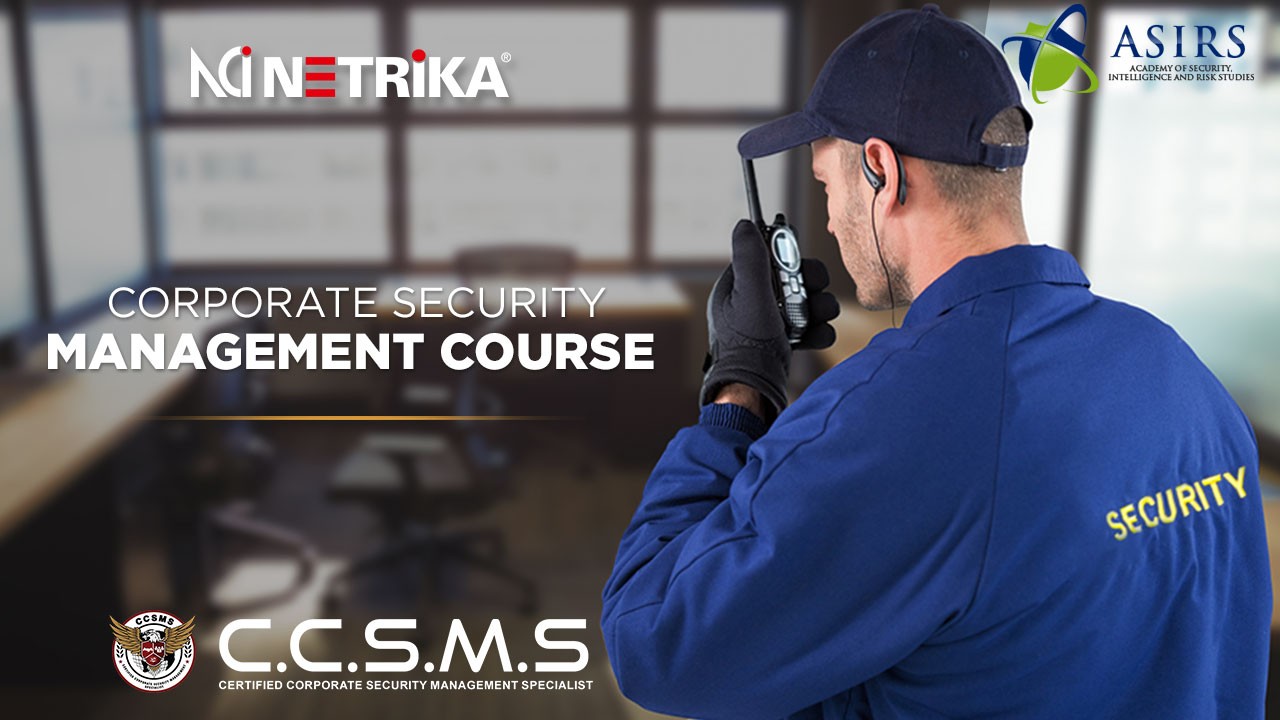A Plan for Corporate Security Excellence: Guarding Your Business
A Plan for Corporate Security Excellence: Guarding Your Business
Blog Article
From Cybersecurity to Physical Procedures: Reinforcing Corporate Security in an Altering Globe
In today's swiftly evolving digital landscape, the value of corporate safety and security can not be overemphasized. As cyber risks end up being progressively advanced and prevalent, companies have to exceed conventional cybersecurity steps to guard their operations and possessions - corporate security. This is where the integration of physical protection measures becomes crucial. By combining the staminas of both cybersecurity and physical safety, companies can develop a comprehensive protection method that addresses the varied series of hazards they encounter. In this conversation, we will explore the transforming danger landscape, the requirement to integrate cybersecurity and physical safety, the execution of multi-factor verification actions, the importance of worker recognition and training, and the adjustment of safety actions for remote labor forces. By examining these crucial areas, we will certainly acquire valuable understandings right into how organizations can reinforce their business safety and security in an ever-changing globe.
Recognizing the Changing Hazard Landscape
The advancing nature of the contemporary world requires a detailed understanding of the changing danger landscape for effective company safety and security. It is essential for organizations to remain educated and adjust their protection measures to attend to these developing risks.
One key aspect of recognizing the changing danger landscape is acknowledging the different types of hazards that organizations deal with. Additionally, physical hazards such as theft, vandalism, and corporate espionage stay prevalent issues for companies.
Monitoring and assessing the hazard landscape is crucial in order to identify possible threats and vulnerabilities. This entails remaining updated on the current cybersecurity trends, assessing hazard knowledge records, and conducting normal risk assessments. By understanding the transforming threat landscape, companies can proactively execute ideal protection actions to minimize dangers and shield their possessions, reputation, and stakeholders.
Integrating Cybersecurity and Physical Security
Integrating cybersecurity and physical safety and security is vital for detailed company protection in today's digital and interconnected landscape. As organizations increasingly depend on innovation and interconnected systems, the limits between physical and cyber risks are coming to be obscured. To efficiently safeguard against these risks, an alternative technique that incorporates both cybersecurity and physical security measures is necessary.
Cybersecurity concentrates on securing digital possessions, such as information, networks, and systems, from unauthorized gain access to, disruption, and burglary. Physical safety, on the other hand, encompasses procedures to protect physical properties, people, and facilities from hazards and vulnerabilities. By incorporating these 2 domains, organizations can deal with vulnerabilities and threats from both digital and physical angles, consequently boosting their total safety stance.
The combination of these 2 disciplines permits a much more detailed understanding of safety dangers and enables a unified reaction to occurrences. For instance, physical access controls can be boosted by incorporating them with cybersecurity procedures, such as two-factor verification or biometric identification. Similarly, cybersecurity measures can be enhanced by physical security procedures, such as security cams, alarm systems, and protected access factors.

Executing Multi-Factor Authentication Measures
As organizations increasingly focus on comprehensive security actions, one effective approach is the application of multi-factor authentication measures. Multi-factor verification (MFA) is a safety and security approach that requires users to supply several forms of identification to access a system or application. This approach includes an added layer of defense by incorporating something the user understands, such as a password, with something they have, like a safety or a finger print token.
By implementing MFA, organizations can significantly boost their protection position - corporate security. Conventional password-based authentication has its restrictions, as passwords can be conveniently compromised or forgotten. MFA continue reading this minimizes these threats by adding an additional authentication factor, making it harder for unapproved people to access to sensitive details
There are several kinds of multi-factor authentication methods offered, including biometric verification, SMS-based verification codes, and hardware symbols. Organizations need to examine their details demands and pick one of the most ideal MFA service for their needs.
However, the application of MFA need to be meticulously intended and implemented. It is important to strike an equilibrium in between safety and use to stop individual disappointment and resistance. Organizations should additionally consider potential compatibility issues and supply appropriate training and support to guarantee a smooth transition.
Enhancing Staff Member Understanding and Training
To reinforce company safety, companies must focus on improving employee awareness and training. Numerous security violations take place due to human mistake or lack of recognition.
Reliable worker awareness and training programs should cover a vast array of subjects, including data protection, phishing assaults, social design, password health, and physical safety and security measures. These programs need to be tailored to the specific requirements and responsibilities of different staff member roles within the company. Routine training sessions, workshops, and simulations can assist workers establish the required skills and knowledge to react and recognize to protection risks effectively.
Moreover, organizations ought to urge a culture of safety recognition and offer ongoing updates and tips to maintain workers educated regarding the most recent risks and mitigation techniques. This can be done through inner interaction networks, such as newsletters, intranet portals, and email campaigns. By fostering a security-conscious labor force, companies can significantly minimize the probability of security cases and secure their important properties from unapproved access or compromise.

Adapting Security Steps for Remote Workforce
Adapting corporate security actions to fit a remote labor force is crucial in ensuring the defense of delicate details and assets (corporate security). With the boosting trend of remote job, companies have to carry out ideal safety steps to mitigate the risks related to this new means of working
One important facet of adjusting security actions for remote work is establishing safe communication channels. Encrypted messaging systems and digital personal networks (VPNs) can aid protect sensitive info and avoid unauthorized gain access to. Additionally, organizations should apply using solid passwords and multi-factor verification to this hyperlink improve the safety of remote gain access to.
Another crucial consideration is the implementation of safe and secure remote gain access to options. This involves offering employees with safe accessibility to business sources and information with digital desktop computer framework (VDI), remote desktop computer procedures (RDP), or cloud-based solutions. These technologies make certain that delicate details continues to be safeguarded while allowing workers to execute their functions effectively.

Finally, comprehensive security recognition training is critical for remote workers. Educating sessions need to cover finest techniques for firmly accessing and handling sensitive info, recognizing and reporting phishing attempts, and maintaining the overall cybersecurity health.
Conclusion
In verdict, as the danger landscape proceeds to evolve, it is important for companies to reinforce their security determines both in the cyber and physical domains. Integrating cybersecurity and physical protection, carrying out multi-factor authentication steps, and boosting employee recognition and training are vital actions in the direction of attaining durable company safety and security.
In this discussion, we will explore the changing hazard landscape, the need to integrate cybersecurity and physical safety, the application of multi-factor authentication steps, the find more significance of employee recognition and training, and the adaptation of safety and security actions for remote labor forces. Cybersecurity measures can be matched by physical protection steps, such as monitoring cams, alarm systems, and safe access points.
As companies progressively focus on thorough safety measures, one effective strategy is the implementation of multi-factor verification actions.In conclusion, as the hazard landscape proceeds to develop, it is important for companies to strengthen their protection measures both in the cyber and physical domain names. Incorporating cybersecurity and physical security, applying multi-factor verification actions, and boosting worker awareness and training are vital actions towards achieving robust business security.
Report this page